
Jean-François Lyotard was a French philosopher, sociologist, and literary theorist. His interdisciplinary discourse spans such topics as epistemology and communication, the human body, modern art and postmodern art, literature and critical theory, music, film, time and memory, space, the city and landscape, the sublime, and the relation between aesthetics and politics. He is best known for his articulation of postmodernism after the late 1970s and the analysis of the impact of postmodernity on the human condition. Lyotard was a key personality in contemporary continental philosophy and authored 26 books and many articles. He was a director of the International College of Philosophy founded by Jacques Derrida, François Châtelet, Jean-Pierre Faye, and Dominique Lecourt.
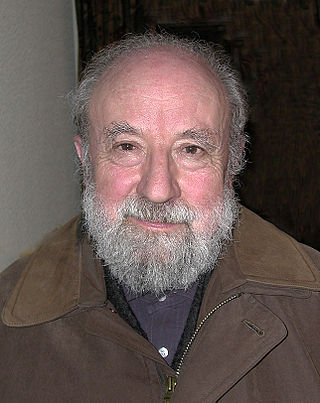
Michel Butor was a French poet, novelist, teacher, essayist, art critic and translator.
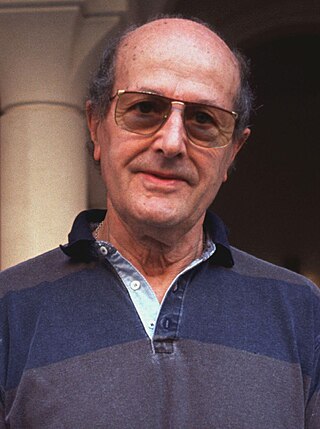
Manoel Cândido Pinto de Oliveira was a Portuguese film director and screenwriter born in Cedofeita, Porto. He first began making films in 1927, when he and some friends attempted to make a film about World War I. In 1931, he completed his first film Douro, Faina Fluvial, a documentary about his home city Porto made in the city-symphony genre. He made his feature film debut in 1942 with Aniki-Bóbó and continued to make shorts and documentaries for the next 30 years, gaining a minimal amount of recognition without being considered a major world film director.

Amadeo de Souza-Cardoso was a Portuguese painter.
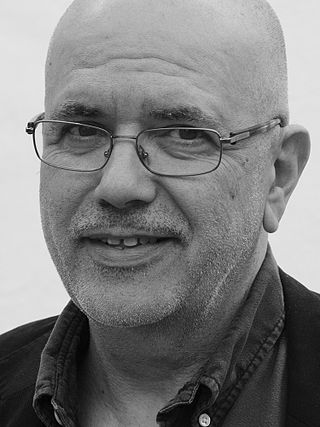
Pedro Calapez, is a Portuguese painter.

João Edmundo Lemos Carqueijeiro is a Portuguese plastic artist. He was born in Lobito, Angola on 25 February 1954.
António Dacosta was a Portuguese painter, poet and art critic and a pioneer of the surrealist movement in Portugal.

Serralves is a cultural institution located in Porto, Portugal. It includes a contemporary art museum, a park, and a villa, with each one of these being an example of contemporary architecture, Modernism, and Art Deco architecture. The museum, designed by Álvaro Siza Vieira, is now the second most visited museum in Portugal.
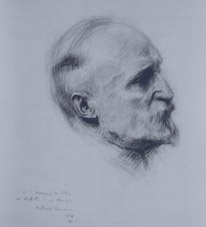
José Marques da Silva was a Portuguese architect and educator.
Stéphanie Moisdon is a French curator and art critic. She was co-curator of the exhibition Présumés Innocents in Bordeaux, 2000; Manifesta 4 in Frankfurt, 2001; and Before the End at Consortium, Dijon, 2004. She is co-founders with Nicolas Trembley of the BDV and the chief editor of Frog magazine.
Portuguese contemporary art is all the art produced in Portugal after the Carnation Revolution; however, even before then, there were already some artists that could be characterized as contemporary.
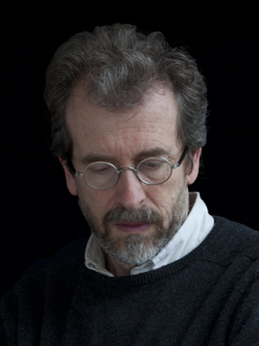
Manuel Botelho is a Portuguese artist. He lives and works in Estoril, Portugal, and teaches at the Faculty of Fine Arts, University of Lisbon.

Rolando Sá Nogueira,, was one of the most important painters of his generation; according to José Augusto França, he belongs to the third wave of 20th Century modern Portuguese painters.
António Palolo was a Portuguese artist and painter.
Sofia Areal is a Portuguese abstract painter, whose works adhere mostly to organic non-geometrical forms and a strong chromatic focus. Besides painting and drawing, Areal's work involves collage, textile design, and scenography.
Alberto Carneiro was a Portuguese artist.

José M. Rodrigues, born as José Manuel dos Santos Rodrigues, is a contemporary Portuguese-Dutch photographer and visual artist. He lives and works since 1993 in Évora, Portugal, after more than twenty years living and working in the Netherlands.
The following is a timeline of the history of the city of Porto, Portugal.
Carlos Bunga is a Portuguese artist known for his installations out of mass-produced materials, like cardboard, duct tape and home paint, questioning architecture as a language of power and other inertias related to it, like order and solidity.
Cláudio Garrudo, is a Portuguese photographer, cultural producer and editorial director.












